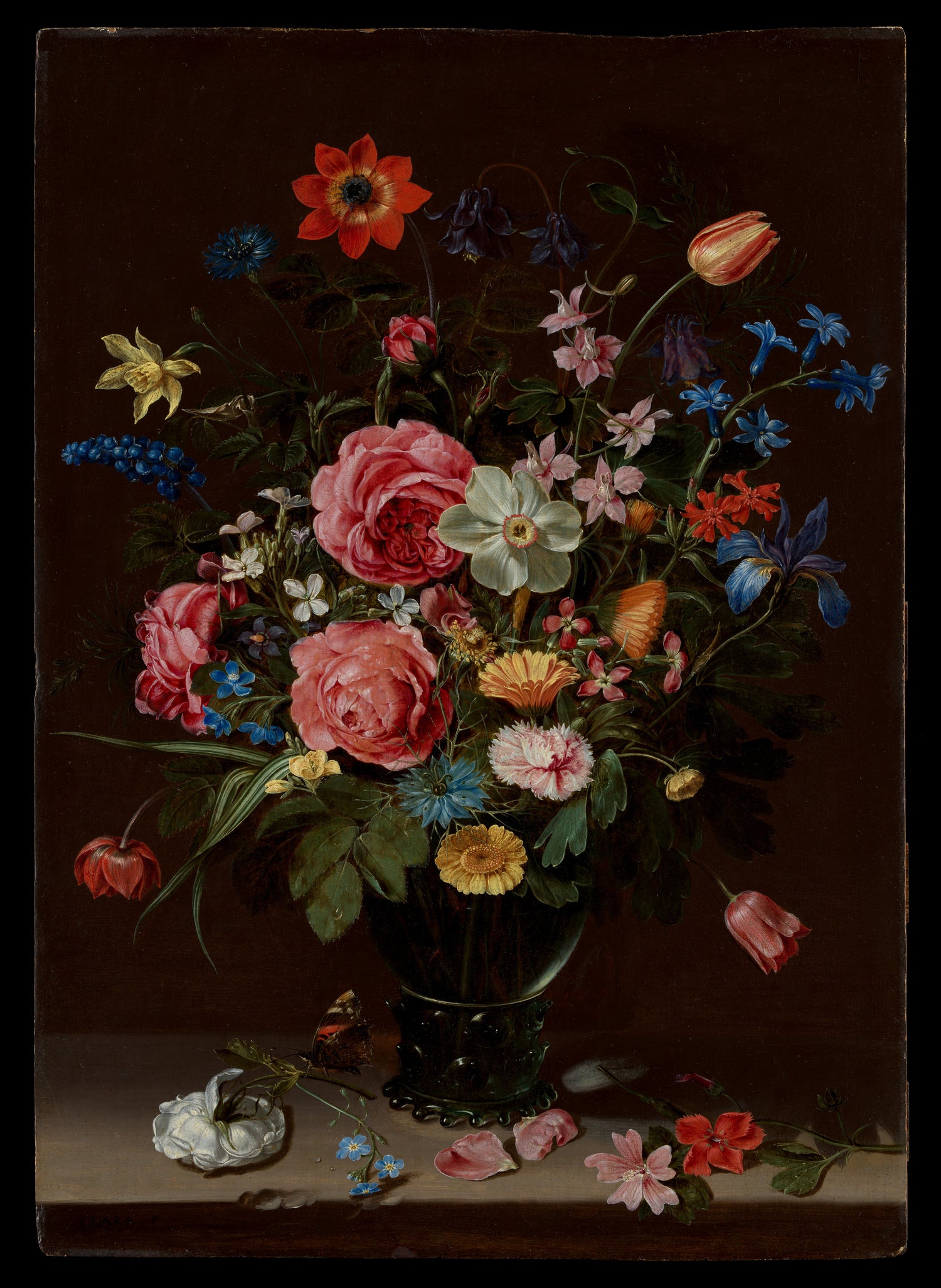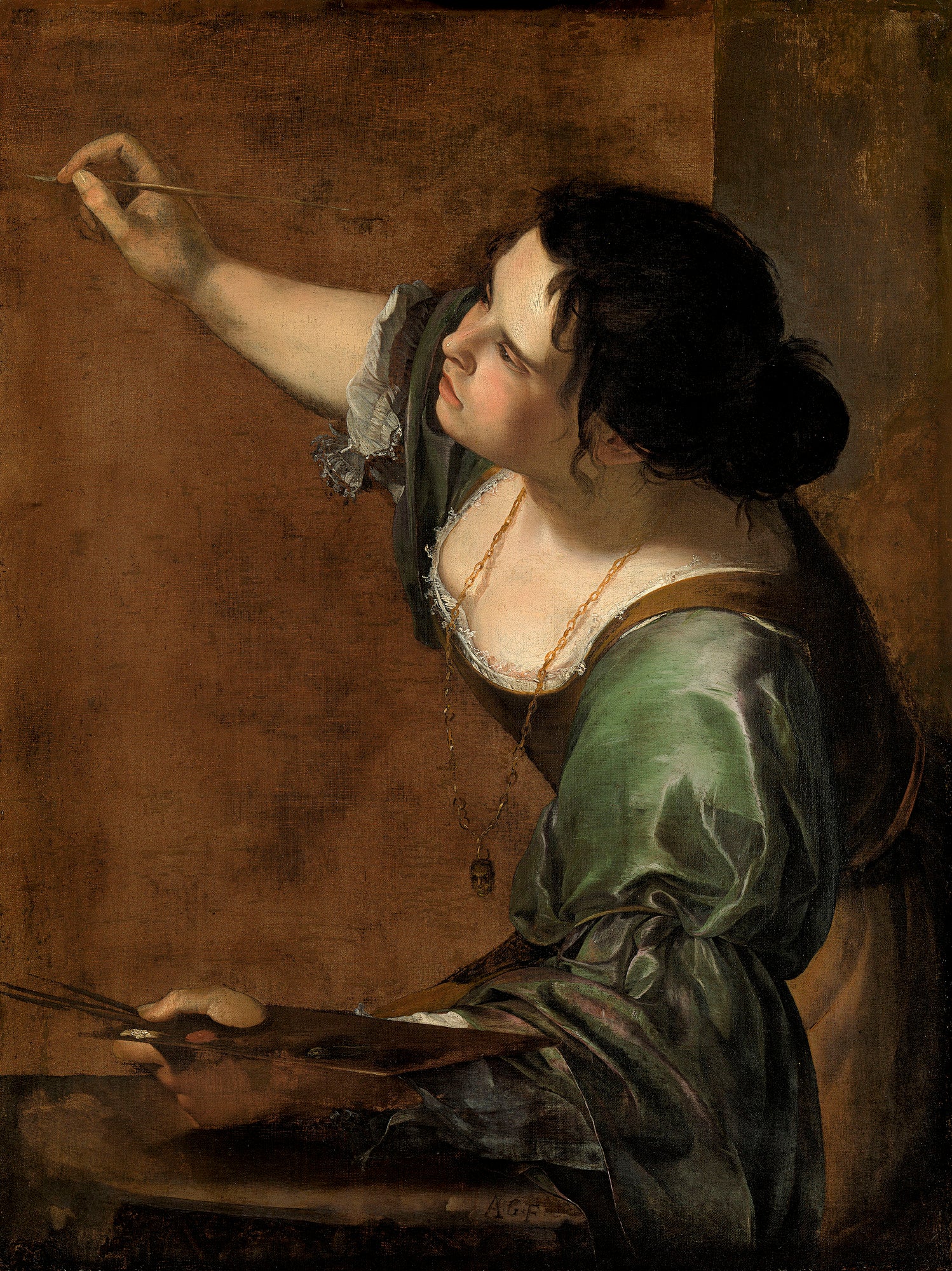Clara Peters. (The date or place of his birth is not precisely known, happening sometime after 1657.)
One of the few women artists active in Europe during the first half of the 17th century.
At the time, the French Academy considered still life paintings to be at the bottom of its genre hierarchy for art (probably because they did not involve human subjects).
And the fact is that female artists rarely pursued an art education, and were never allowed to paint nude models, a requirement to become history painters. But everyday objects were within the reach of the painters.
Clara Peeters changed the rules of the game. His still life artwork was in great demand among the buying public. Not only are his still lifes impressive to the naked eye, but he has details such as his own reflection on shiny surfaces, imitating reality to perfection. He popularized the use of the concealed self-portrait in still life objects that many other artists would emulate. This amazed the general public.
Already in the first half of the 17th century there were his works in collections in the north of the Netherlands as well as his still lifes in the Royal Collection in Madrid.
Thanks to her success, Peeters paved the way for other women artists of the time (and therefore, today), allowing them to work and live from their art.
In 2016 Clara Peeters became the first female painter to participate in an exhibition at the Museo del Prado.
For all this, she is one of the artists chosen for the "Breaking the Moulds" collection.




Leave a comment
This site is protected by hCaptcha and the hCaptcha Privacy Policy and Terms of Service apply.